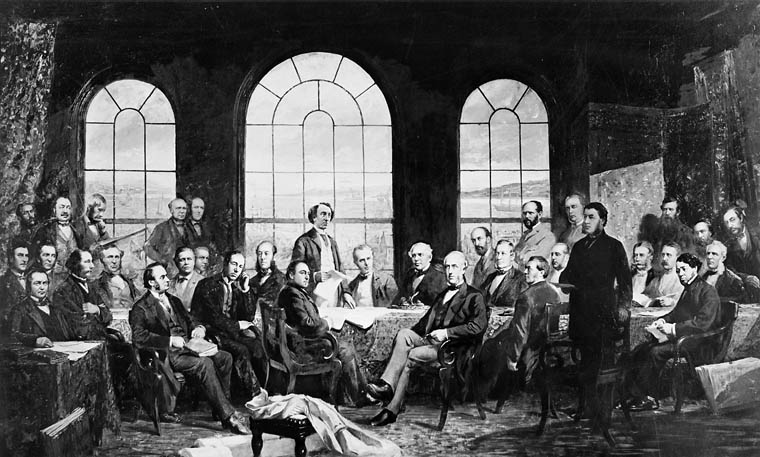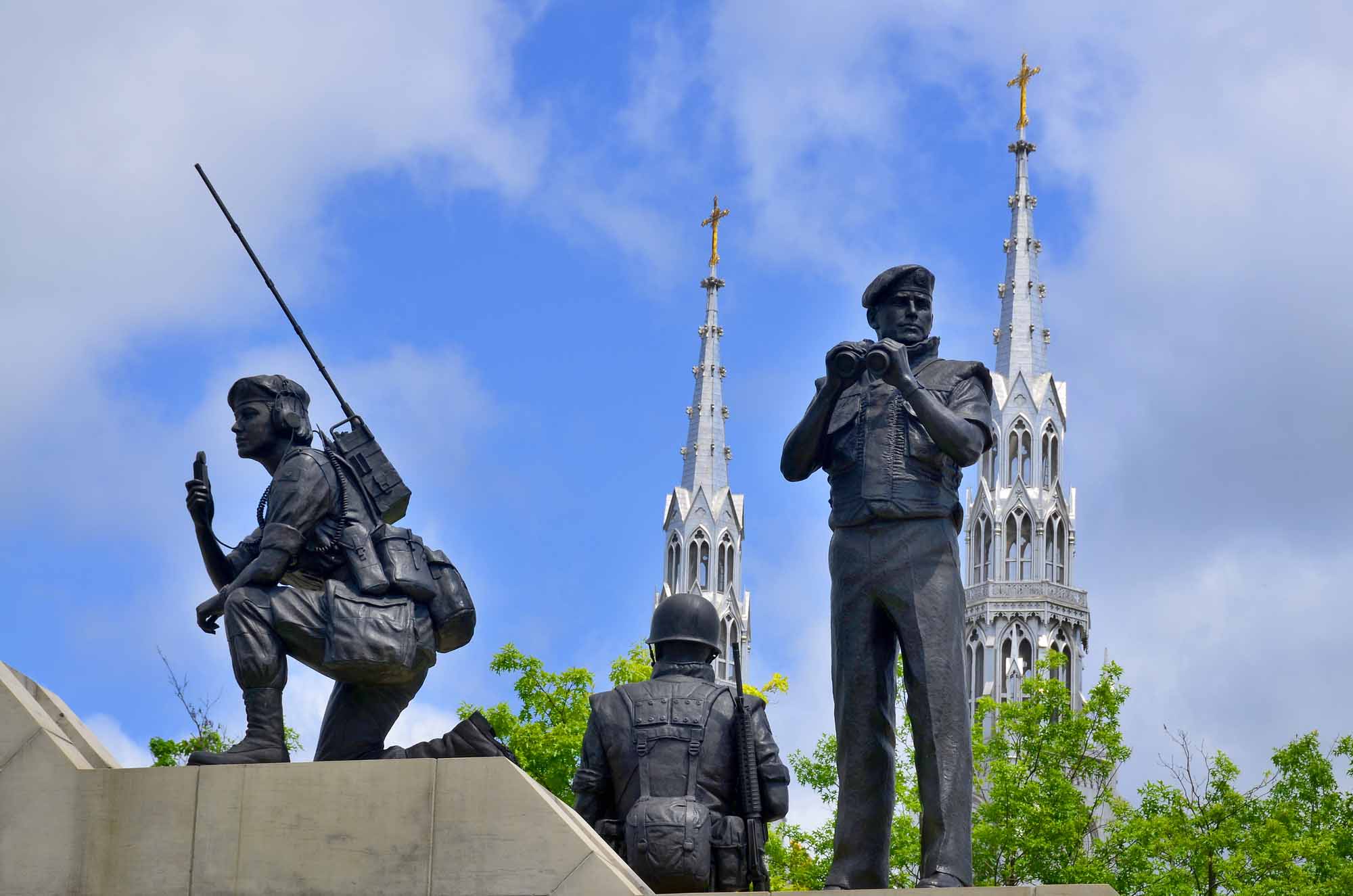Article
Pauktuutit Inuit Women of Canada
Pauktuutit Inuit Women of Canada is a national not-for-profit organization that has been a leading advocate for Inuit women since 1984. It represents all Inuit women living in Inuit Nunangat (the Arctic homeland of the Inuit), and in southern urban centres across Canada. Pauktuutit supports and promotes Inuit women, their culture, values and language. It advocates for social, economic and political improvements that benefit women, their families and communities. It works with community leaders, Inuit organizations, as well as territorial and federal levels of government, to improve the lives of Inuit women and children. Pauktuutit helps build safe, healthy communities.












